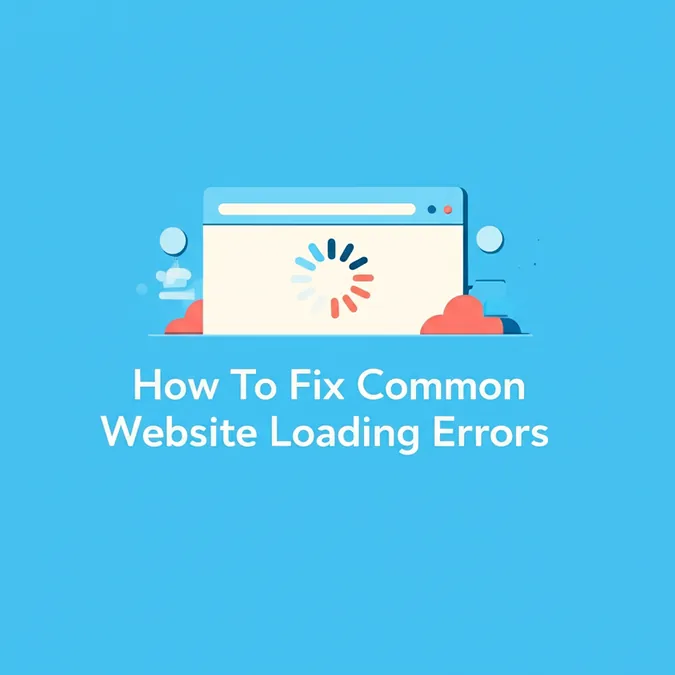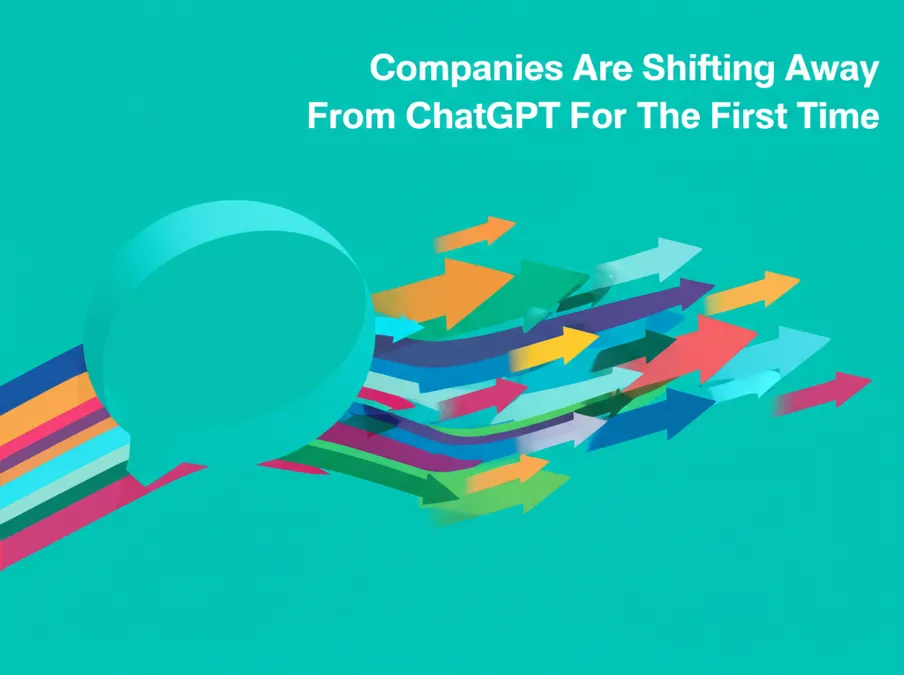AI Is Reshaping UX Your Career And The World
Summary: Many UX designers are still in denial about AI. The 3 different types of AI use in companies, and their implications for your career. AI improves medical diagnosis in real-world clinical use. AI does mathematics differently than humans. Ideogram improves character consistency. Leading questions in usability studies.
 UX Roundup for August 4, 2025. (GPT Image 1)
UX Roundup for August 4, 2025. (GPT Image 1)
I was recently featured on the All Things Design podcast (YouTube, 51 minutes), where I discussed several critical topics about the future of UX in the age of AI. Here are the key points I made.
A Stark Warning for UX Professionals
 5 themes I discussed in the All Things Design podcast. (GPT Image-1)
5 themes I discussed in the All Things Design podcast. (GPT Image-1)
1. Designers in Denial: A Dereliction of Duty
I made a direct accusation that the UX profession has collectively abandoned its responsibility to the world regarding AI. I see a widespread “AI denial” among designers who prefer their old, comfortable methods. This is a failure to uphold our duty to the billions of users who will navigate this new world. I urged designers to “stop sitting in a corner and sulk” and to start leading the critical transition from command-based interfaces to the new paradigm of intent-based interactions. We have a responsibility to shape this future, and right now, we are failing. Resistance merely leads to obsolescence.
2. The “Pancake” Organization and the 10x Productivity Leap
AI will make product teams 10 times more productive within about three years, leading to the rise of the “pancake” organization. This hyper-efficiency will flatten corporate hierarchies, making multiple layers of management wasteful overhead. The traditional management ladder will disappear, meaning that aspiring to be the Director or VP of UX is a flawed ambition because most of those jobs simply won’t exist. A successful design career will be defined by deep, skill-based expertise, not by the number of people who report to you.
3. AI Supremacy: Agency Is the New Core Human Skill
Hard skills like creating mockups, perfecting typography, and even running usability studies will be done better and faster by AI within 5 to 10 years. The truly valuable human skill I emphasized is agency: the proactive ability to identify opportunities, define the correct user intent, and strategically direct AI to achieve a goal. This is what will differentiate valuable contributors from simple AI operators. The future is not about your ability to use Figma; it is about your judgment and your ability to make things happen.
4. Buy Your Own AI or Quit Your Job
I offered stark, practical advice for designers trapped in slow-moving, AI-resistant enterprises: buy your own AI subscriptions now as cheap “unemployment insurance.” Use these tools on your own time to gain necessary experience. For those serious about their future, I suggested they should consider quitting a stable job to join an “AI native” company, even for a pay cut, because the experience gained there is invaluable.
5. Software Ate the World. Now, Design Will Eat Software.
I offered an optimistic vision for our field. As AI makes implementation trivial, the bottleneck for creating value is no longer engineering; it is figuring out the right thing to build. Defining user needs and specifying correct intent—the core of design—becomes the single most critical activity. This will lead to an explosion of design work in countless niche industries that could never afford it before, requiring a new career mindset focused on domain specialization.
The Three Tiers of AI Adoption and Your Career
The coming age of AI is a tidal wave. For knowledge workers, the single most important career decision you will make is the type of company you join. Your future employability depends entirely on the rate at which you learn AI, and this rate is dictated by your company's integration of AI. We can classify companies into three distinct tiers.
 Three types of companies, classified by their use of AI. (GPT Image-1)
Three types of companies, classified by their use of AI. (GPT Image-1)
Three Stars: AI Native These companies are born of AI. AI is not a tool they use; it is the medium in which they exist. For employees, every task is an opportunity to co-evolve with advanced AI systems. The learning is constant, deep, and structural.

Two Stars: AI First These are legacy companies making a valiant, but compromised, pivot. They are shackled by decades of inertia. Working here means you will learn about AI, but you will spend at least half your time fighting organizational friction instead of building the future.

One Star: AI Forward This is the most deceptive category. Management provides a budget for AI tools, but because AI is not a strategic imperative, the core business remains unchanged. This is a career holding pattern, giving you just enough exposure to AI to feel current while you fall behind.

To remain relevant, you must maximize your learning velocity. This is only possible in an AI-Native company. Your only viable second choice is an AI-First company. To willingly stay in an AI-Forward company is to accept a managed decline. And as for laggard companies still in denial? Flee. Staying is career suicide.


AI's Real-World Impact: Beyond the Hype
AI Improves Medical Diagnosis in the Real World
We have endless studies showing that AI performs better than human physicians at diagnosing patients in controlled research. However, for AI to help real patients, it must improve treatment under real-world conditions.
A new study does exactly that. Penda Health, a primary care provider in Nairobi, Kenya, analyzed nearly 40,000 patient visits. The results showed that clinicians with real-time AI assistance delivered a 16% relative reduction in diagnostic errors and a 13% reduction in treatment errors compared to those without. Interestingly, clinicians learned during the study to avoid errors even before the AI alerted them, suggesting it was also a powerful learning tool.

How AI Does Math
Epoch AI analyzed how the new Grok 4 Heavy model does mathematics, confirming it excels by scoring 88% on a set of hard math competition problems. More interesting than the raw scores is how AI solves these problems. Unlike the best humans who find clever shortcuts, AI relies more on a “grind it out” approach, where it quickly tries a large number of steps. It leverages its vast knowledge of theorems and its tireless computational power to brute-force solutions, a different but effective form of intelligence.

Ideogram Improves Character Consistency
Ideogram released a feature named “Character” which allows for consistent use of a character across multiple generated images, a long-standing problem for AI image generators. As an example, I gave it a selfie and asked it to generate images of me as a pirate, in Studio Ghibli style, and as a paleolithic mammoth hunter.

While the photorealistic images were faithful, the feature highlights a remaining challenge: translating a prompt's full vision. My mammoth hunter was posing with a scrawny mammoth rather than actively hunting, showing that while consistency is improving, artistic intent is the next frontier.
A Final Lesson in Usability
My recent video, “Usability Testing as Theater”, contains a few examples of poor study facilitation. One mistake is blatant: the facilitator instructs the user to “try clicking on the big red shiny button,” which is obviously a leading question that invalidates the test.
Another flawed methodology is slightly less blatant. Can you spot it? I’ll give the answer next week.
 Instructing a test participant on where to click will clearly invalidate a usability study. My “Usability Testing as Theater” video includes another slightly less obvious methodology mistake. Try to find it. (GPT Image-1)
Instructing a test participant on where to click will clearly invalidate a usability study. My “Usability Testing as Theater” video includes another slightly less obvious methodology mistake. Try to find it. (GPT Image-1)
About the Author
Jakob Nielsen, Ph.D., is a usability pioneer with 42 years of experience in UX and the Founder of UX Tigers. He founded the discount usability movement for fast and cheap iterative design, including heuristic evaluation and the 10 usability heuristics. He formulated the eponymous Jakob’s Law of the Internet User Experience. Named “the king of usability” by Internet Magazine, “the guru of Web page usability” by The New York Times, and “the next best thing to a true time machine” by USA Today.
Previously, Dr. Nielsen was a Sun Microsystems Distinguished Engineer and a Member of Research Staff at Bell Communications Research. He is the author of 8 books, including the best-selling Designing Web Usability: The Practice of Simplicity and the foundational Usability Engineering (28,681 citations in Google Scholar).
Dr. Nielsen holds 79 United States patents, mainly on making the Internet easier to use. He received the Lifetime Achievement Award for Human–Computer Interaction Practice from ACM SIGCHI and was named a “Titan of Human Factors” by the Human Factors and Ergonomics Society.
- Subscribe to Jakob’s newsletter to get the full text of new articles emailed to you as soon as they are published.
- Follow Jakob on LinkedIn.
- Read: article about Jakob Nielsen’s career in UX
- Watch: Jakob Nielsen’s first 41 years in UX (8 min. video)


